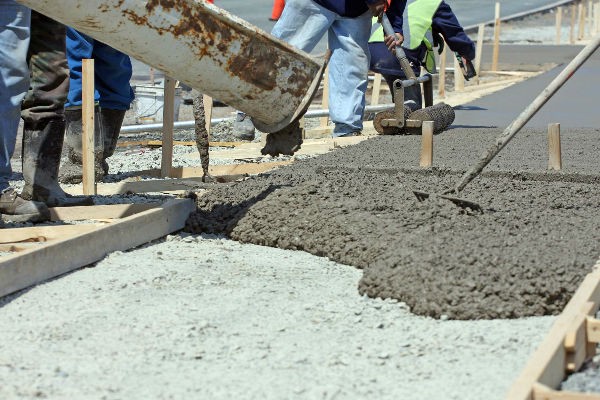A ready mix concrete from a certified RMC agent in Malaysia is the best concrete mix you can use for your construction projects. Not only is it true to its namesake, but because it is professionally manufactured with fine materials, you can be sure that you are using high quality concrete that strongly binds your projects for a long time.
Though RMC has many advantages, it also has a share of negatives. There may be a time where you cannot afford to use RMC at the moment for a good few reasons. Here are some disadvantages of RMC to heed in the future.
An Initial Large Investment
One of the advantages of deploying RMCs is saving various costs including raw materials, storages and labor. To start with, you do not need to pay and gather the raw materials since the RMC agent will do all the hard work for you. This also factors in the reduction of labor costs. For storage, the mix can simply be taken off the site and loaded on-site again when needed.
All of these perks, however, require a large initial sum to invest. This isn’t good if you cannot afford it, perhaps if this is your first construction project, which in this case, you have to do and research on mixing the best concrete on your own.
Not For Small Projects
RMC is usually deployed for big projects such as a megamall or a new residential penthouse. Smaller projects do not require as much concrete as the mix, rendering the deployment useless.
Time
There are a few factors that can make time itself another disadvantage to RMC. If your site is far away from the plant that mixes your RMC, this is a problem as the mixture may have enough time to set in, rendering itself useless in the middle of the road.
Speaking of roads, traffic jams can also further delay the delivery of your mixture. A lorry carrying it is large enough to cause an obstruction on the road in a jam, enough that cars around it will have to take some time safely maneuvering around the lorry.
Such problems are usually solved by deploying so-called “mini-mix” companies instead, who use smaller mixers to be able to reach restricted areas.
The limited time of mixing and curing a concrete means that the agent will only have around 210 minutes of batching to place the ready mix within that timeframe. Modern admixtures can precisely modify that time span, but the amount and type of admixture in the RMC mix is still very important.
Besides, labor must also be ready on your site by the time the batch arrives. Ideally, it should immediately be used upon arrival to avoid slumps in the mixture. Thus it is important that your labor force should be on-site in time prior to your RMC’s deployment.
To save further time, and knowing that a batch of RMC equals a large amount of concrete, your site should already be prepared with formwork and placing arrangements. A formwork refers to the process of making a temporary mold where concrete is poured in. Traditionally, it is made of timber, but it can also be made of other materials such as steel, reinforced plastic, glass fiber and others.

